World Cups, Super Leagues and pay disputes: 10 key moments in women's football history
Women's football is widely regarded as an emerging sport, but there is a history of struggle going back over a century...
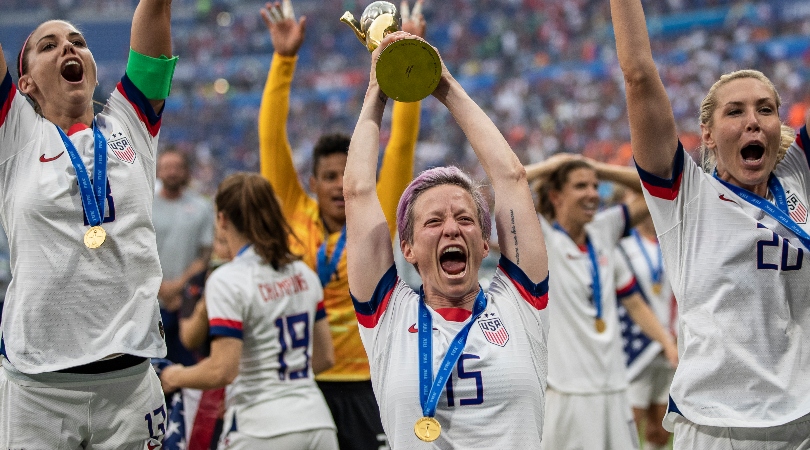
There was a time when women’s football was not viewed as hugely different to men’s football in the UK. In the aftermath of WWI, as women took to the factory floors to supplement the war effort while the men were fighting, women began to organise and participate in the sport in large numbers and the crowds duly flocked. Then shortly after Lancashire-based side Dick Kerr’s Ladies drew a crowd of 53,000 spectators in 1921, the Football Association banned women’s football for 50 years.
Even when the ban was relinquished in 1971, the FA didn’t exactly help the sport to thrive, it was left to its own devices until 1993 when the FA opted to take over the administration. Meanwhile in the US, the passing of the Title IX legislation in 1972 guaranteed equal access to soccer for boys and girls – the USWNT has since won four World Cups and four Olympic golds. Events such as these are just part of the rich game that is women’s football, a sport where the players have faced – and overcome – discrimination, apathy and spite. Read on to learn more about the key moments in the sport.
1. The formation of the British Ladies' Football Club (1895)
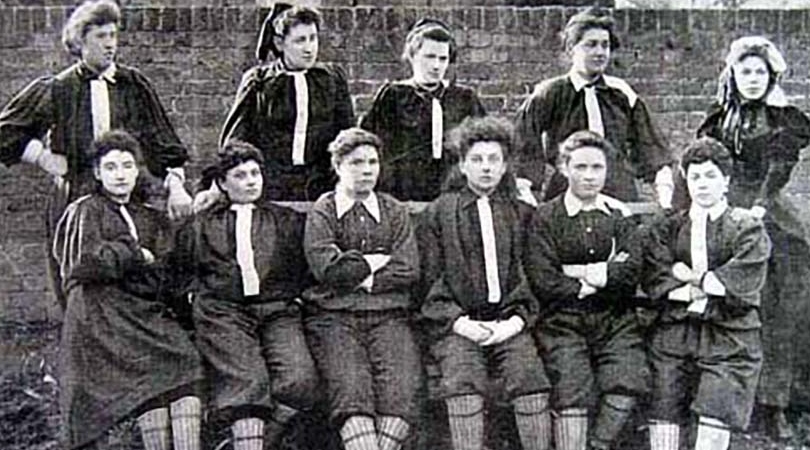
Historical documentation suggests that women have played football for as long as football has been played. In 1863, the Football Association formed in response to the growing popularity of the sport. Upon their formation, the FA drafted the ‘Cambridge rules’, which went some way to making the level of violence seen in casual games unacceptable. This made it easier for women to play but the concept of women’s football was still ignored by the nascent association.
Women’s football matches took place in Scotland during the 1880s and the first recorded match in Britain took place in 1892. In 1894, a feminist activist who operated under the pseudonym of Nettie Honeyball (her real name is not entirely known) formed the British Ladies’ Football Club, the first known organised women’s association club. She advertised in her local north London press for fellow female players. She also used the local press to market the team and their first game, in 1895, drew 12,000 curious spectators. It didn’t necessarily lead to a rush of female participation in association football but it was a start, the start in fact…
2. Dick, Kerr's Ladies go massive (December 26, 1920)
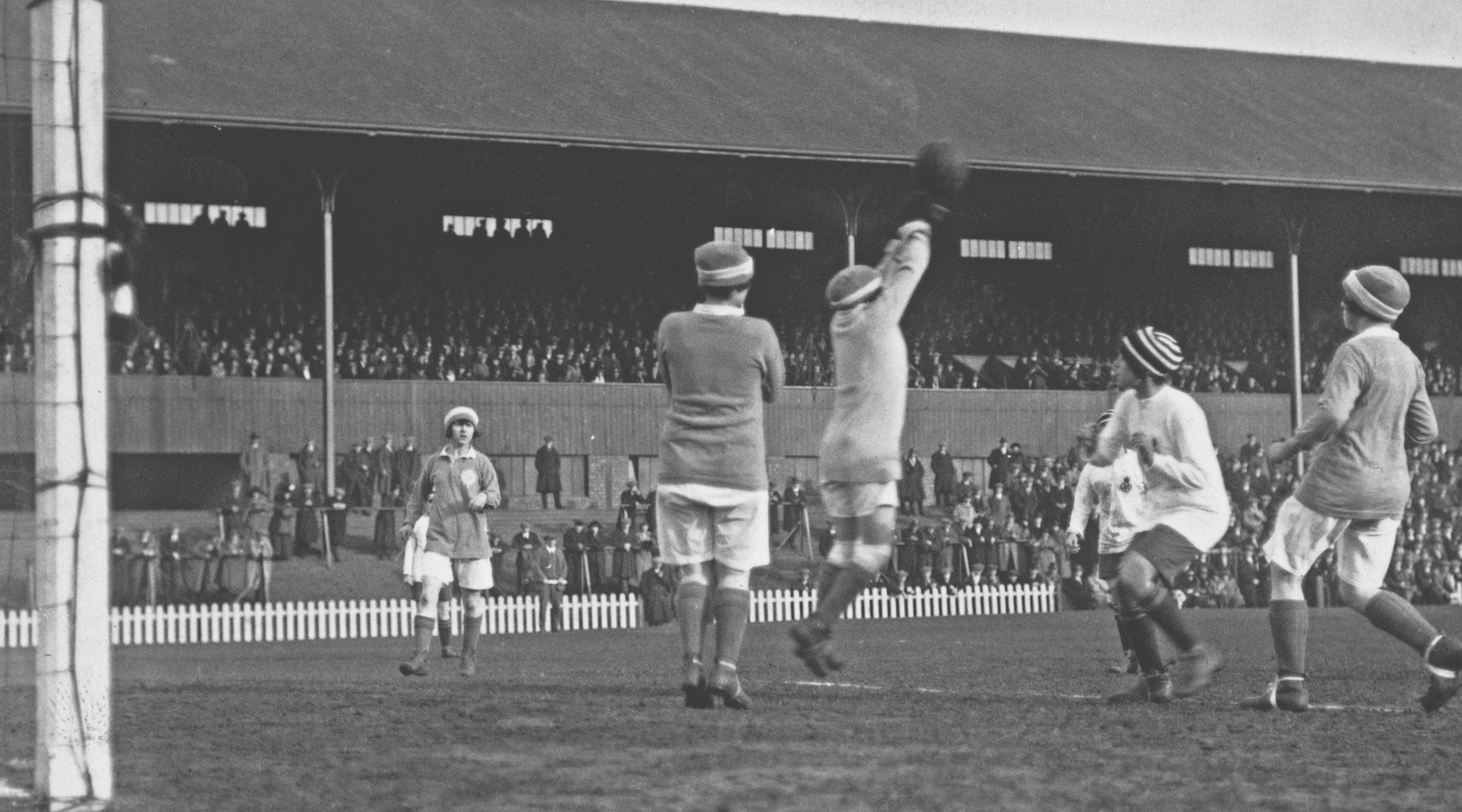
Formed in 1917 by women working in Dick, Kerr and Co munitions factory in Preston, Dick, Kerr’s Ladies became England’s first popular women’s team. Prior to World War I, women had been discouraged from playing football but it was felt that organised team sport might raise the women’s spirits as they worked in the munitions factories. Soon, the women’s team began to draw large crowds. On Christmas Day of 1917, Dick, Kerr’s Ladies attracted a crowd of around 10,000 for a charity match against Coulthard Factory at Deepdale in Preston.
Even as hostilities concluded and men returned from conflict, the popularity of the team endured. They played a series of games in France in 1920 in the first ever international women’s football matches. Curiosity began to increase and on 26 December 1920, their match against St Helen’s at Goodison Park was watched by 53,000 people, with plenty more locked outside. However, their success was seen as a direct threat to men’s football, and more specifically masculinity in general following the conclusion of the war. Less than a year later, the FA announced it was banning women’s football at its members' grounds. Dick, Kerr’s Ladies played on, undeterred, until 1965, but with far greater difficulty and fewer eyeballs.
3. The FA bans women's football (1921)
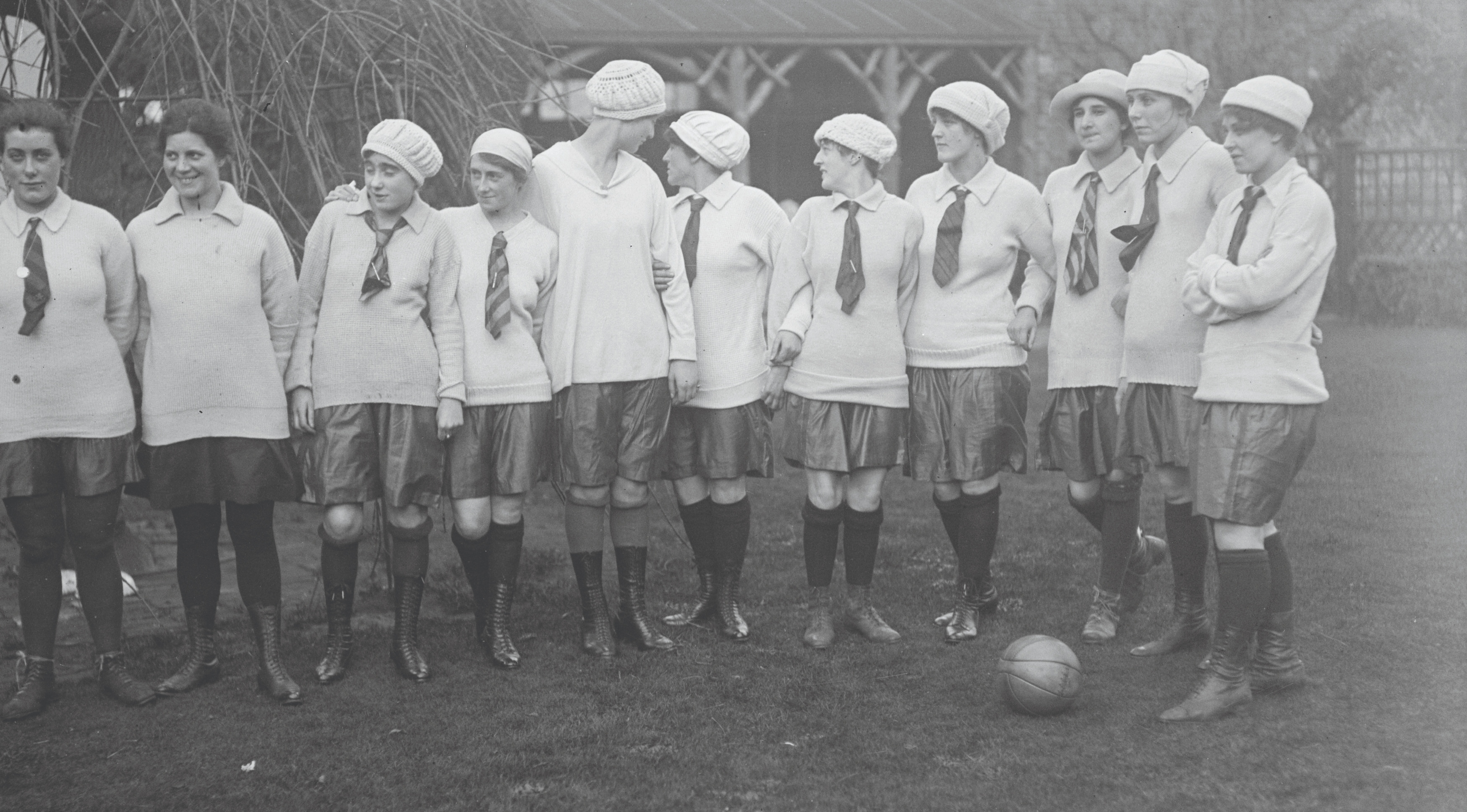
In 1921, the Football Association banned women’s football. In the accompanying statement, the FA said, “the game of football is quite unsuitable for females and should not be encouraged”. A sport, thriving against a backdrop of female emancipation, had its wings clipped suddenly and brutally.
Get FourFourTwo Newsletter
The best features, fun and footballing quizzes, straight to your inbox every week.
Women’s football had been tolerated during WWI with the country’s men engaged in battlefields and with women needed in munitions factories. That led to a burgeoning women’s liberation movement, which the patriarchy sought to quash. Football was no exception; women’s football was seen as a threat to men’s football and the post-war man’s sense of self. The ban was a blow from which women’s football in the UK is still recovering.
4. The FA ban is lifted (1971)
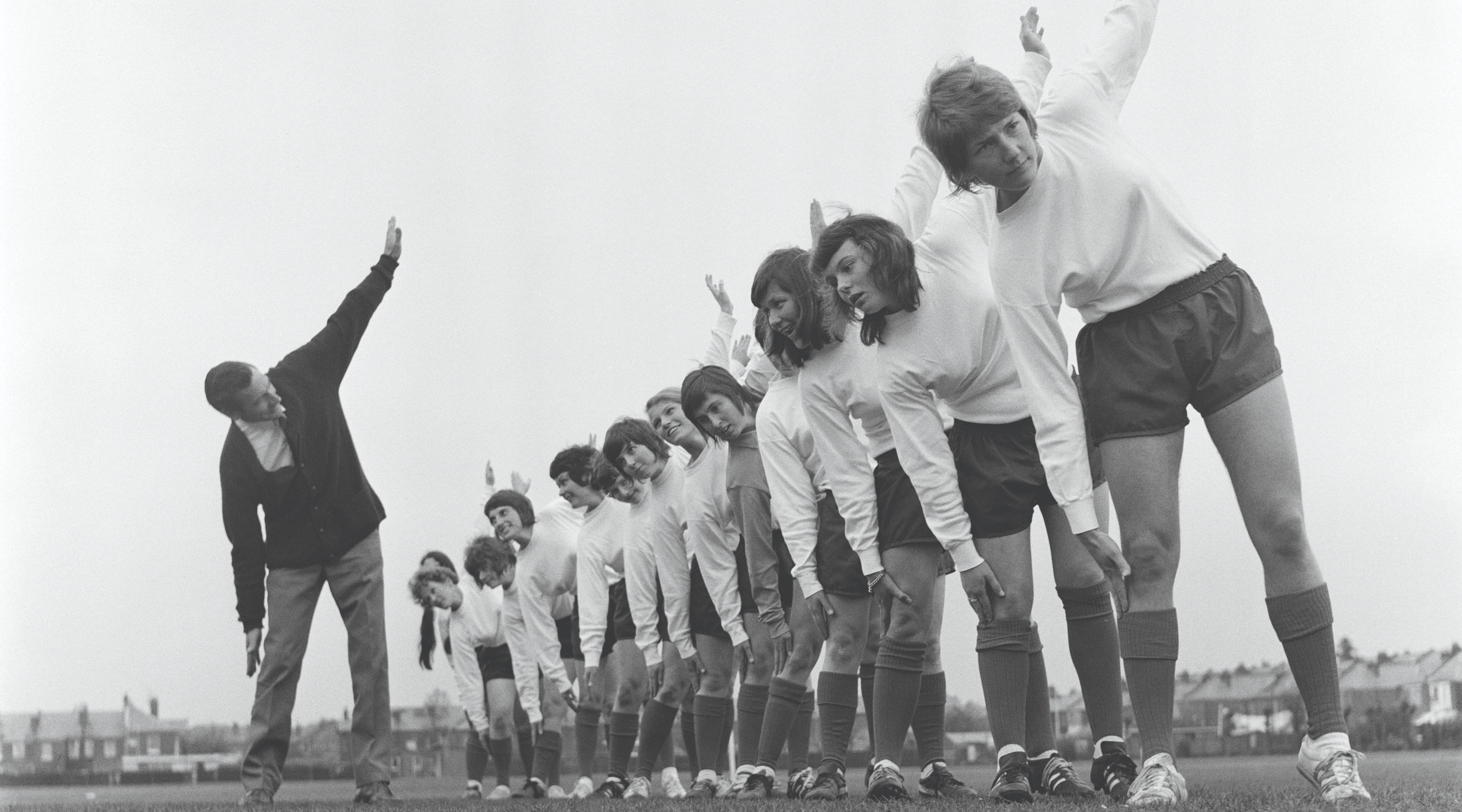
In 1967, a carpenter from Kent called Arthur Hobbs gathered all of the women’s teams he knew of (all eight of them) and organised a tournament in Deal. Word began to spread about the tournament and by 1969, 47 teams were involved. The popularity of the tournaments gave rise to the idea of a women’s football association, which was duly formed by Hobbs and Patricia Gregory in 1969.
The FA partially rescinded its 1921 ban in 1969 under growing pressure from this new movement and UEFA, who began to actively encourage their member associations to drop laws banning organised female participation. The lifting of the ban meant that women were permitted to hire a local council-run pitch, training facilities and use qualified referees. In 1971, the FA lifted the ban completely. It didn’t exactly usher in an era of funding and assistance from the governing body; but organised women’s football was no longer strictly prohibited.
5. The 1991 Women's World Cup (November 1991)
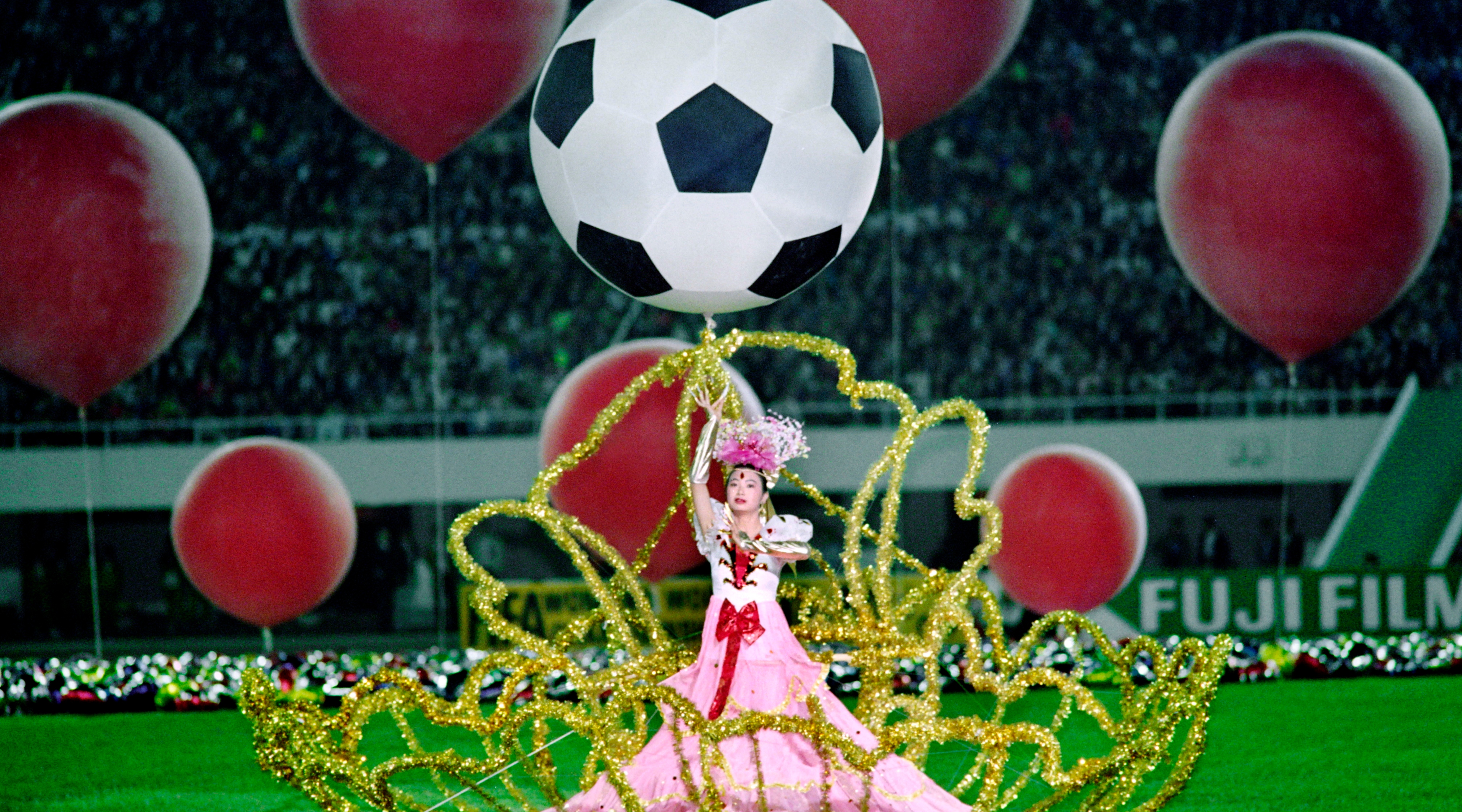
In 1988, FIFA tested the waters for a Women’s World Cup with the FIFA Women’s Invitation Tournament in China. There had been a series of unofficial World Cups dating back to 1970. Deeming the 1988 test event a success, FIFA finally decided to go all out in 1991 with the first FIFA Women’s World Cup, only it was decided to brand it as the ‘1st FIFA World Championship for Women’s Football for the M&M’s Cup’.
Much to the confusion of the players, games were played for 80 minutes instead of 90. Consisting of 12 teams, the USA went on to beat Norway in the final in front of 65,000 fans. China was bidding to host the 2000 Olympic Games and the inaugural Women’s World Cup was seen as a good opportunity to state their credentials. The beginnings of the tournament were humble, there was no prize money, a single sponsor and the final wasn’t even shown on television in the US.
6. The FA takes over (1993)
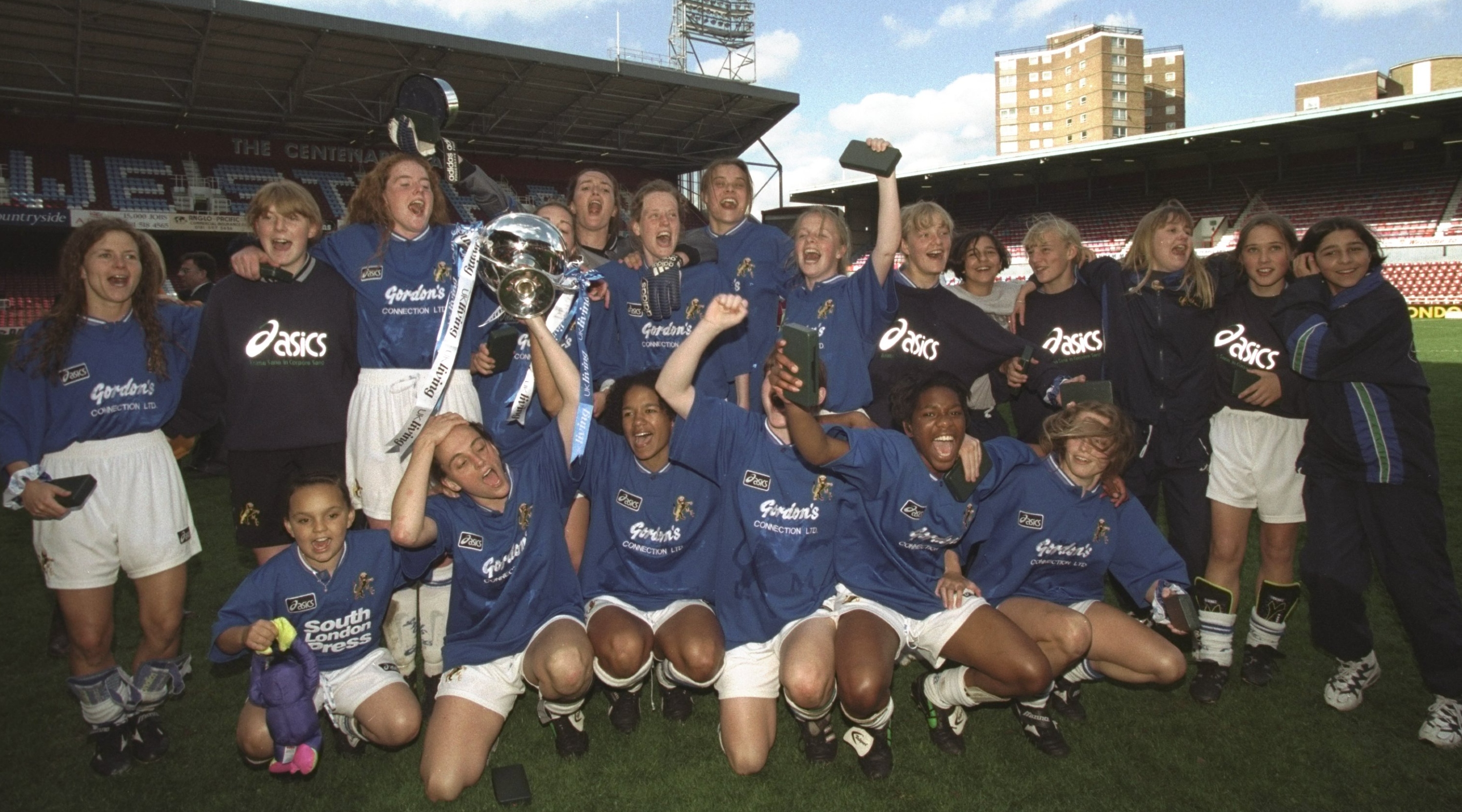
After being left to their own devices with little in the way of funding or support for just over two decades, the Women’s Football Association was disbanded in 1993 and the Football Association officially took over the administration of women’s football in England. With national leagues and a domestic cup competition established by the WFA in England, the FA already had a strong setup to work with.
The FA established the post of Women’s Football Coordinator and set about providing some funding and some full-time resources for planning and organising a calendar. While the ban on women’s football was lifted in 1971, it wasn’t until 1993 that women’s football had anything other than a part-time, voluntary resource behind it. The move saw women’s football move from a voluntary concern to an amateur one, in principle. It wasn’t lavishly funded or resourced but for the first time, there was a proactive acknowledgement from the FA that women’s football was a going concern that required its input.
7. The '99ers (July 10, 1999)
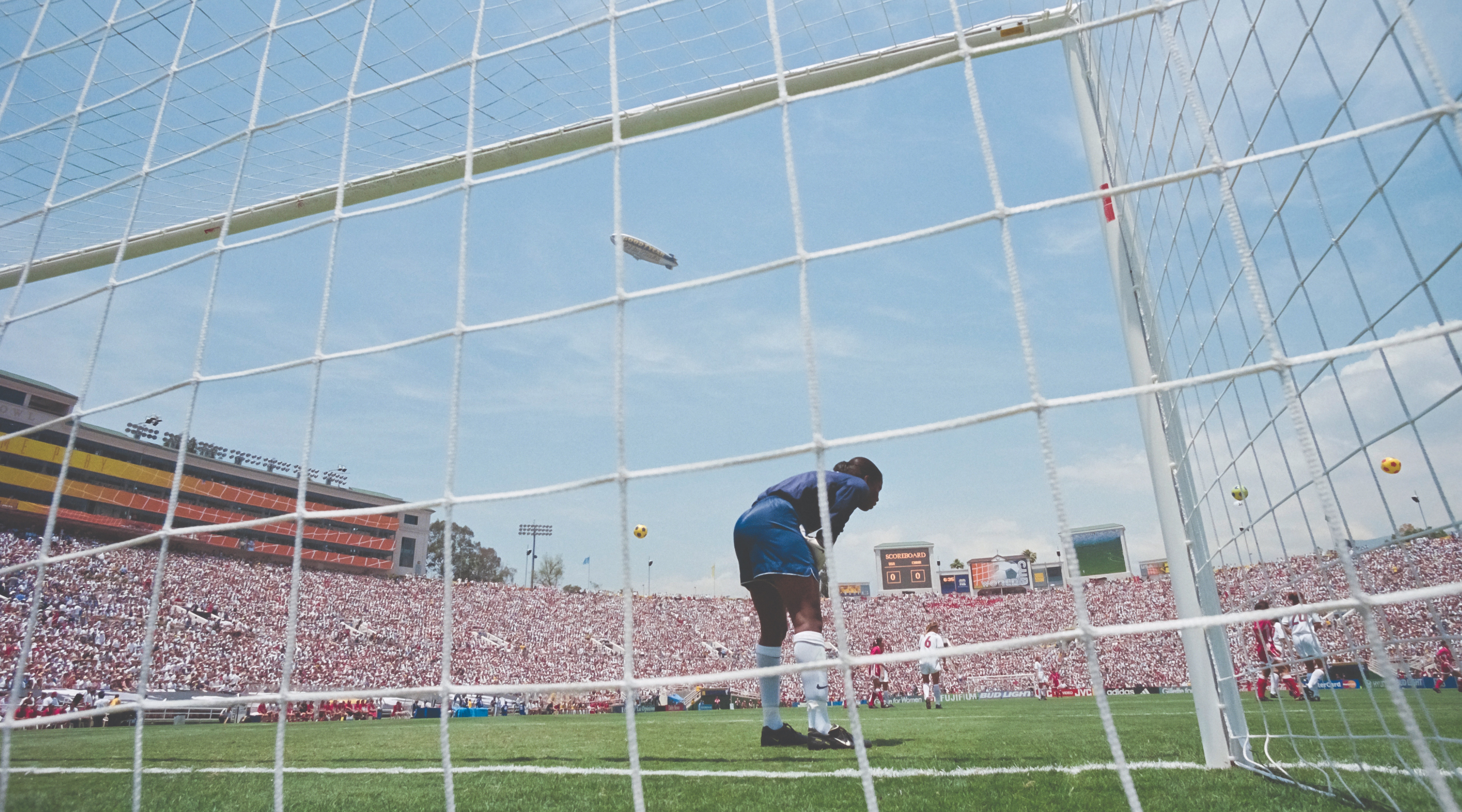
The 1999 World Cup was held in the US and, for some, this is considered a kind of year zero for modern women’s football. The hosts were victorious, winning their second World Cup title. When the men’s World Cup was held in the US in 1994, it was largely immigrant communities that drove the interest. The Women’s World Cup caught everyone’s imagination. The final in the Pasadena Rose Bowl was played in front of 90,185 spectators, a record for a women’s sports event until 2022 when Barcelona’s Champions League ties against Real Madrid and Wolfsburg attracted 91,553 and 91,648 respectively.
The USA won on penalties, giving birth to women’s football’s most epoch-making image. Brandi Chastain slotted the winning penalty in the shootout and removed her shirt. The sight of her rippling torso and sports bra was seen as a moment of female empowerment in a sport still dogged by stereotypes about what constituted femininity. The USA’s emerging dominance was also a vindication for the Title IX legislation passed in the states in 1972, which sought to secure gender equality in soccer participation. The fruits of that law were realised in the two World Cup wins in the 1990s. But while the 1991 World Cup final wasn’t even televised in the States, the 1999 final was a national event.
8. The formation of the Women's Super League (April 11, 2011)
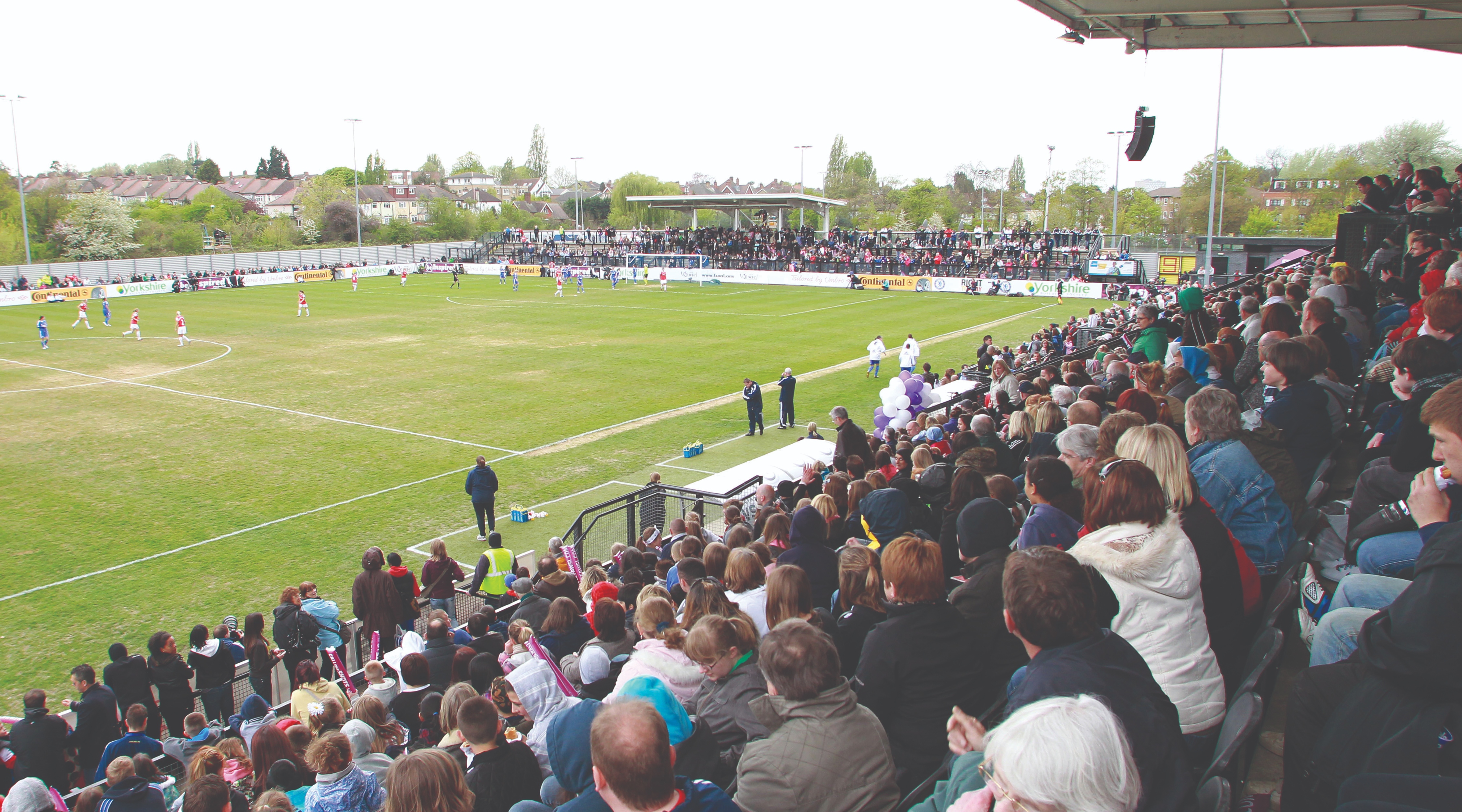
In 2010, the FA decided to rebrand and relaunch the top flight of women’s football in England, forming the Women’s Super League (WSL). The launch was delayed by 12 months due to the world economic downturn and started in April 2011 instead. By this time, it was felt that elite women’s football in England was in need of a shake-up. Arsenal’s dominance was total and there seemed to be no encouragement for other teams to invest.
Sixteen clubs applied for eight places in the inaugural season of the league. The formation of the league was intended to push clubs towards professionalism, which it has done over the ensuing decade or so. A salary cap of sorts was introduced (since relinquished), allowing only four players per team to earn over £20,000 per annum. All clubs were paid £70,000 per season from a Club Development Fund, with the aim of limiting competitive imbalances. The league initially ran as a summer league to limit the extent to which games were in direct competition with men’s football but reverted to a winter league from 2017. The league now stands at 12 fully professional teams.
9. Sky Sports enters the fray (2021)
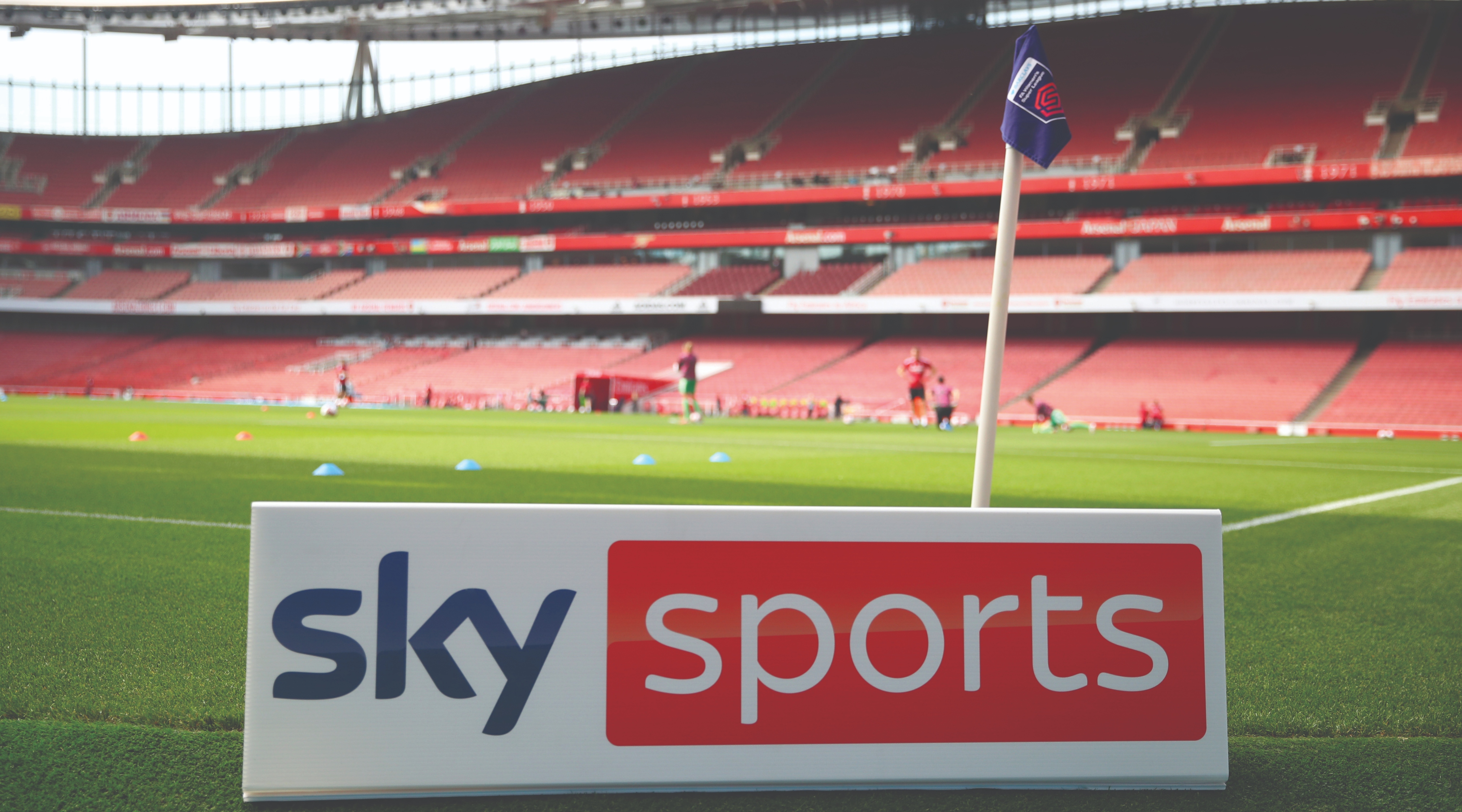
In March 2021, the FA announced that it had signed a WSL TV deal with UK broadcasting giant Sky Sports for around £24m over three seasons. It was the first time that the domestic rights for a women’s league competition had ever attracted any kind of financial bid. For the previous decade, the BBC and BT Sport had shown selected games and simply paid the costs attached to the actual broadcasts.
Sky Sports entering the fray spelled increased investment in elite women’s football and all the bows and whistles that come with Sky Sports’ coverage. Previously, analysis and highlights of games had been kept to an absolute minimum. Sky was bringing studio analysis, a weekly magazine show and increased eyeballs to the party. Some of Sky’s money is used for central developments, such as improved refereeing, while 25 per cent of the £8m a year goes to clubs in the second tier.
In 2019-20, the FA launched the FA Player website, which broadcasts every single WSL game (and a selection of Championship games) not covered by rights holders. It meant that, for the first time, every single WSL game was viewable. While it transformed access to elite women’s football overnight in England, it also created a pathway for a renowned broadcaster to see that WSL games can attract audiences. The FA Player was launched with the specific intention of showing off the product to other prospective broadcasters, as well as breaking down barriers for fans and finally turning women’s football into a viable television product.
10. The USWNT equal pay case (February 23, 2022)
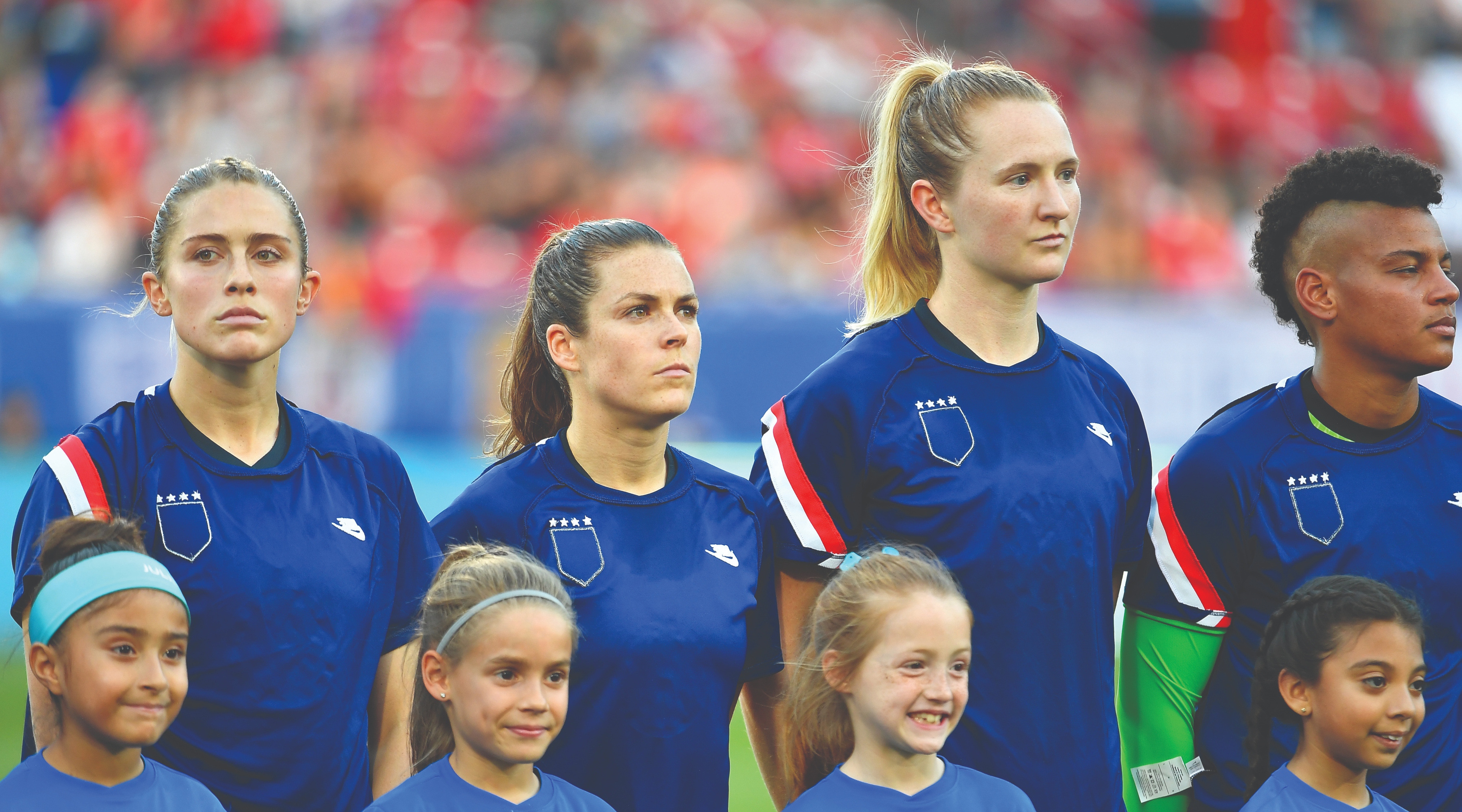
In 2016, some members of the United States Women's national team filed a federal wage discrimination complaint claiming they were paid less than male players even though they generate more income for the United States Soccer Federation. It was the start of a long and controversial legal battle. The USWNT sued US soccer’s governing body in 2019 seeking $66 million in damages under the Equal Pay Act over allegations of gender discrimination in compensation and other aspects of their playing conditions.
While their male counterparts failed to qualify for the 2018 men’s World Cup, the USWNT swept to victory in the 2019 women’s version, winning their fourth World Cup. Fans chanted “equal pay!” throughout the tournament. US Soccer argued that the women’s team received more compensation than the men’s team. In May 2020, a United States District Court judge dismissed the players’ claims for equal pay but allowed their claims about playing conditions to go forward.
Undeterred, the players reached a settlement on conditions but appealed the part about wages and bonuses. Finally, in February 2022, US Soccer and the USWNT reached a settlement that will see $22 million distributed in a manner proposed by the players and approved by a district court. US Soccer also committed to providing equal pay going forward for the USWNT and USMNT in all friendlies and tournaments.
“Getting to this day has not been easy,” US Soccer and the USWNT said in a joint statement. “The US Women’s National Team players have achieved unprecedented success while working to achieve equal pay for themselves and future athletes.” President Joe Biden described it as an “overdue victory” and urged other industries to address their gender pay gaps. The settlement is a landmark one, not just for women’s football, but women’s sport.
“I not only see this as a win for our team or women’s sports but women in general,” USWNT striker Alex Morgan said in respect of the ruling. However, not everyone was happy. Former USWNT goalkeeper Hope Solo said, “Megan Rapinoe and Alex Morgan were the two most agreeable with the Federation and to this day, continue to accept terms that are nowhere near what we set out to do. They both know this is not a win. They know it’s an easy out of a fight they were never really in.”
This article first appeared in the Ultimate Guide to Women’s Football, available with free delivery now, or in WH Smiths in the UK and Barnes & Noble in the US
